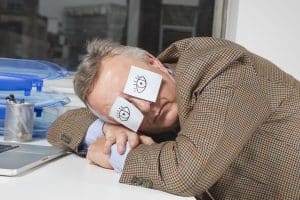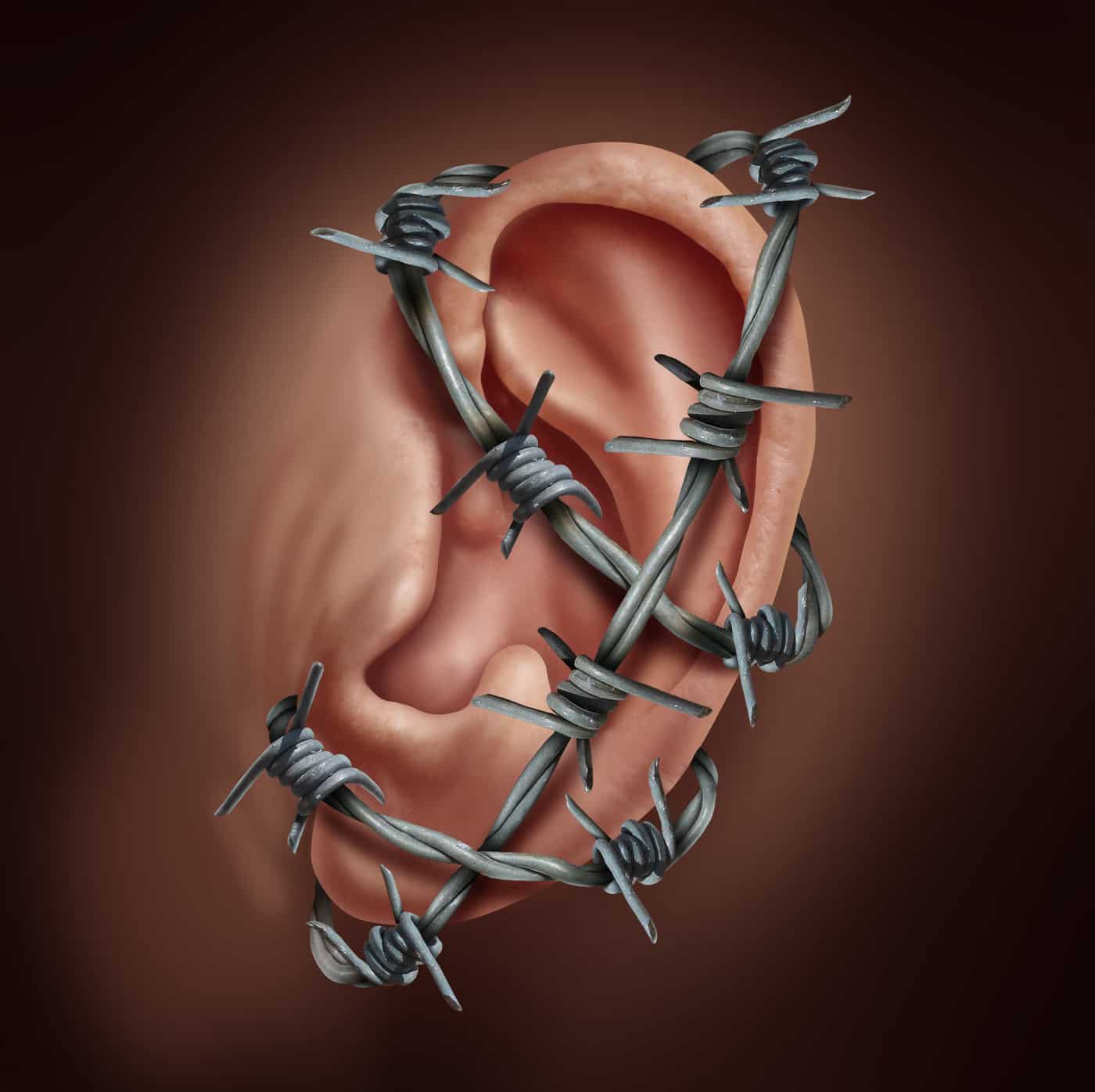 In September 2018 Australia commenced an inquiry into sleep health awareness. At the time:
In September 2018 Australia commenced an inquiry into sleep health awareness. At the time:
“The Committee Chair, Mr Trent Zimmerman MP, stated that ‘the Committee will examine the causes, economic and social costs, and treatment of inadequate sleep and sleep disorders.” (link added)
Although there is no timetable for the tabling of this Committee’s final report, many of the issues raised in the submissions relate directly to work and work-related mental health risks. Sadly there are hardly any solutions but this is a challenge to all public inquiries and which is particularly relevant to the current spate of Australian inquiries into OHS and mental health.

 Fatigue and impairment are two of the most difficult workplace hazards to address. These are further complicated when they are contextualised in workplace mental health. So it is concerning when an entrepreneur produces a product that is meant to help address mental fatigue but that may also mask occupational health and safety (OHS) actions that are required to provide truly sustainable workplace improvement.
Fatigue and impairment are two of the most difficult workplace hazards to address. These are further complicated when they are contextualised in workplace mental health. So it is concerning when an entrepreneur produces a product that is meant to help address mental fatigue but that may also mask occupational health and safety (OHS) actions that are required to provide truly sustainable workplace improvement.
 The research study conducted by David Moore and others was focusing on “lifetime leisure music exposure” so workplace noise is mentioned in the report only in passing.
The research study conducted by David Moore and others was focusing on “lifetime leisure music exposure” so workplace noise is mentioned in the report only in passing.